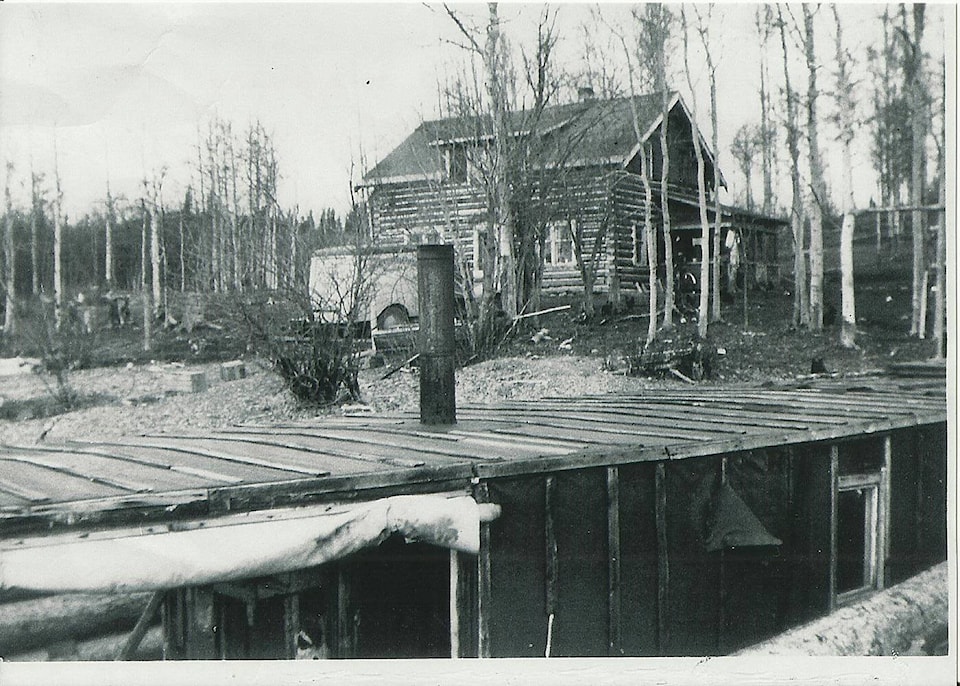Contributed by Doug Van Tine
We had heard of the proposed flooding by Alcan, and we all fought against it, but the deal was already signed by the Liberal government. Lawyers were sent in to buy the settlers out.
When the lawyers first arrived, the settlers denied them access at the float plane dock. They were a shrewd bunch, led by a fellow by the name of ‘Shakespear’, no body liked him.
One of the other lawyers though, Metcalf was his name, he was well liked. He even saved the life of a young local girl when she was drowning. Joe Perrier heard the girls at the lake and saw one of them go under. Metcalf ran down, took off his clothes and dove right in. He saved her by pulling her to the shore and performing CPR. People trusted him after that.
The settlers were offered a price, for their land and holdings, and were threatened with arbitration if they didn’t accept the offer. They were also told that if the land was expropriated, their settlements would be based on the appraised value of the land, which would be less than what Alcan was offering. Neighbours were pitted against one another, each one thinking that the other had sold out first. Most of the people who lost their land, moved away completely.
First Nations’ people were given even less consideration. In many cases, when the people could not write their own names lawyers signed away the land for them with an X, which was later proven to be fraudulent.
Our guiding area was flooded without any compensation whatsoever. Jim and myself guided fishermen and hunters along the lakes and rivers as long as we could, before the flood, and then we were forced to find work elsewhere. We had word that the Kenny Dam was complete and the diversion tunnel was shut off.
We had fishermen on the Nechako river shortly after, so we went to see the dam. As this part of the Nechako was called ‘The Gorge’ and was not navigable, we got as far as Big Bend Creek, about five miles from the dam and we were forced to turn around. It was one of the most terrible sights I have ever seen!
The entire river was a mass of floating debris! The beautiful clear water of the Nechako was now a muddy mass. The banks were eroding and falling in along with the timber and other debris. The water rose quite rapidly in the first stages, and then slowed down as the water spread out. (The flooding took three or four years to reach the final flood levels.)
I took my dad down the Intata River at this time and showed him how the flood waters had come up and had stopped the flow of the Intata River. The big eddy in the river was filled with floating logs and other debris, going around and around. Dad looked at this for a long time, and said, “you can stay and see the flood waters come up and ruin our country, but I will not,”
He left Ootsa Lake area in the fall of 1952, and went to live with my sisters, Ruth and Florence, in Surrey, B.C. He had a stroke in 1953 and died shortly afterwards. He never returned to his beloved Ootsa Lake. He never saw the complete devastation that was about to follow.
That was only the beginning of the worst environmental disaster that I have ever seen or heard of. Our lakes and our rivers were slowly, but surely, engulfed and turned into a muddy mass of floating debris. Our homelands were destroyed forever.



